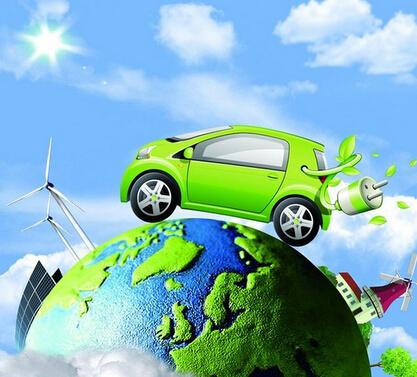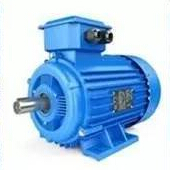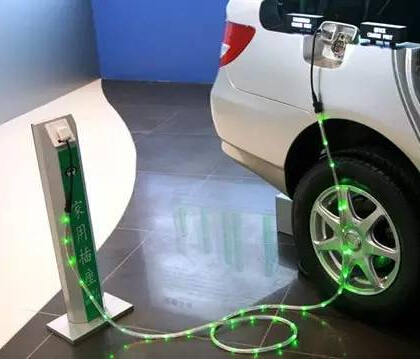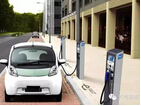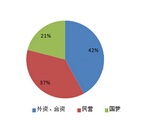In the upcoming 2017, many new energy vehicles have expired or are facing a new vehicle, and some policies will be adjusted for various reasons. Now let's take a look at some of the new energy vehicles policies that may be adjusted in 2018.
Whether local subsidies will disappear
Lu Hua-ping, assistant secretary-general of the National Passenger Car Market Information Association, said the Chinese government is studying ways to adjust the central government subsidy policy in 2018 and subsidies will favor those with high-range and low-energy consumption. According to people familiar with the situation, Beijing will likely be the first to withdraw from local subsidies in 2018, but Wenzhou has already released local subsidies for new energy vehicles in 2018. According to this situation, it is still not clear whether the local subsidy will be withdrawn ahead of schedule, depending on the specific policies of all localities.
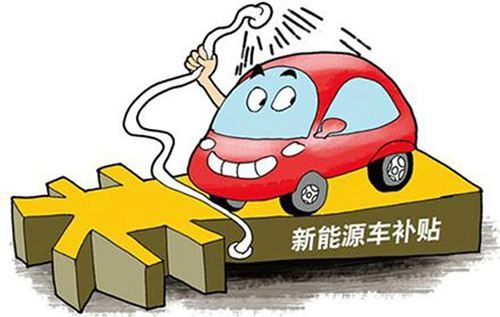
30,000 km of operational requirements will change
Since 2017, the demand for mileage of 30,000 kilometers of new energy vehicles has been paid attention by the industry, especially after the proposal of "adjusting 30,000 kilometers" submitted by the Chinese Automobile Association to the Ministry of Industry and Information Technology. In the proposal, new energy passenger vehicles mainly for rental purposes, commuter buses and new energy logistics vehicles are all adjusted to 10,000 km while other models remain unchanged. However, the relevant department of the Ministry of Finance said that commercial vehicles will not be changed and that the field of passenger cars may be loosened.
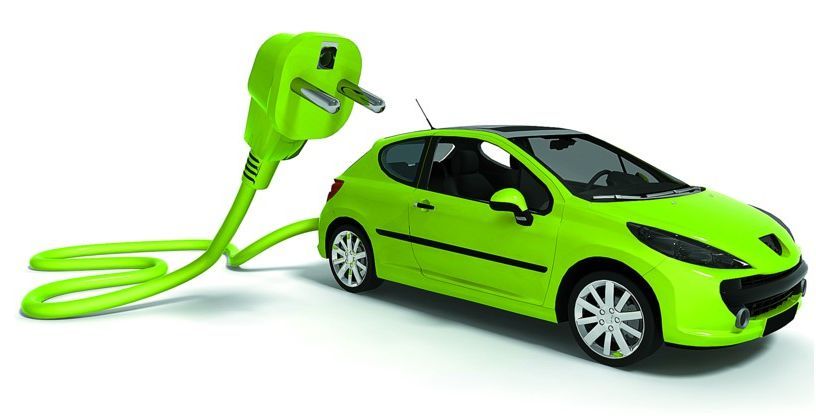
The industry said that in the short term revision of 30,000 km of the policy is unlikely. Because 30,000 kilometers of mileage on the clean-up of new energy vehicles cheat good results, but only limited to good, because some companies in order to cheat, will be idle empty-car new energy vehicles, and the relevant departments will be carried out on the situation Verify. While focusing on making new energy car prices undoubtedly increased its financial pressure.
New energy vehicle purchase tax policy is extended
This is a problem that many people are concerned about as new energy vehicles under the existing "New Energy Vehicles for Vehicles Exempted from Vehicle Purchase Tax" will be exempt from purchase tax, and the deadline for the catalog is December 31, 2017. Whether to extend the purchase of new energy vehicles tax relief policy is still under discussion, but foreign media reports, the new energy vehicles exemption from purchase tax policy will likely continue until 2020.
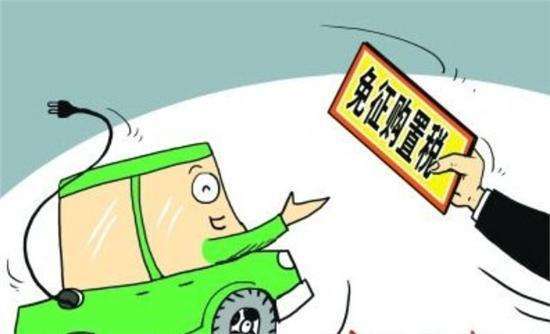
How to operate a traditional car under double point system?
On September 27, 2017, the "Passenger Vehicle Enterprise Average Fuel Consumption and New Energy Vehicle Points Parallel Administrative Measures" was officially released, which will come into force on April 1, 2018.

According to the current situation, many car prices are not up to standard. These car prices only through a reasonable adjustment of the proportion of new energy vehicles and conventional fuel trucks, the planned sale of traditional fuel vehicles, and actively develop new energy vehicles technology, formulate and implement a strategic transformation of new energy vehicles will not be trapped in double Integrate this rule.
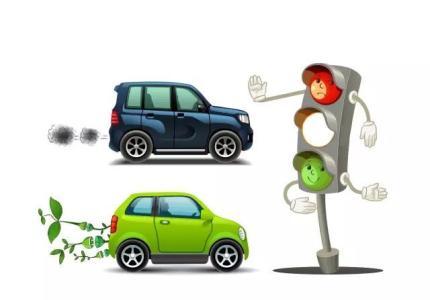
In addition to the above policies, there are still many uncertainties in the NEV industry. For example, the impact of many emerging Internet car companies on traditional car prices and how these car manufacturers obtain qualification certificates for new energy vehicles will also be one Big problem There is also the double integral policy officially landed, the specific how to implement? All this makes the budding growth state of the new energy vehicle prices felt the pressure and challenges from all directions.
















 RCCN WeChat QrCode
RCCN WeChat QrCode Mobile WebSite
Mobile WebSite